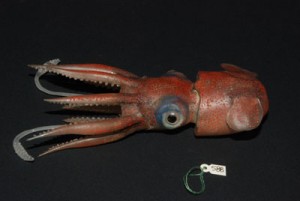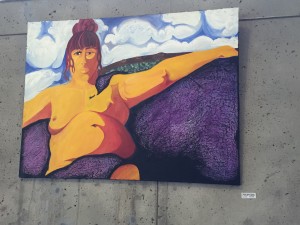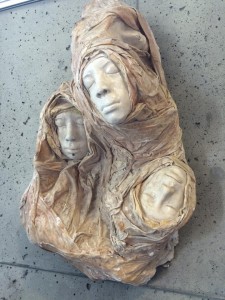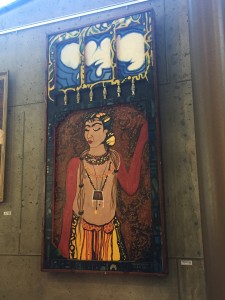If someone had asked me before the talk with Gregory Sloan, I doubt I ever could’ve found a link between Galileo and global warming. However, after listening to the professor talk, he connects to dots between a religious persecution on science to the modern day special interest against global warming.
Centuries ago, Galileo discovered that Earth was not in fact the center of the universe. His theory was that the sun was the center and all the planets orbited it. The church didn’t respond too kindly to this because it completely contradicted scripture and challenged their ideals. Eventually, the Roman Catholic church put Galileo on trial and threatened to exile him if he didn’t take back his scientific theories. Eventually, he retracted. This was only the tip of the iceberg of people in power challenging proven scientific facts because it conflicts with their personal interest.
This brings us to global warming. Whether someone believes in it or not, global warming has (according to the professor) been completely proven. However, the country, and the world, doesn’t really seem to be doing anything about it. This is because the corporate world doesn’t like to be environmentally regulated and are throwing everything they can against the cause. I rarely give thought to global warming because I’m usually preoccupied with prelims and what I’m going to eat for dinner, but for once I sat and thought about the consequences of our actions, and why we aren’t doing too much about it.
History repeats itself, and it has been displayed over and over again that change takes time and is usually followed by a facepalm of “why didn’t we do this sooner”. I hope eventually we trust science and change our ways for the better.





